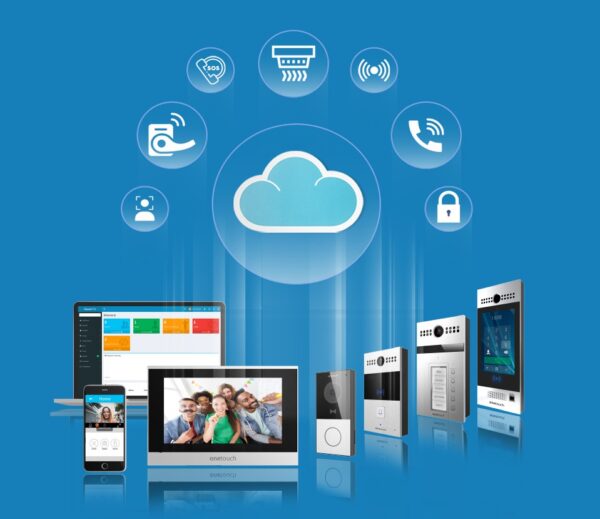With the advancement of technology, smart security systems have become an integral part of modern home protection. These systems offer homeowners enhanced convenience, control, and peace of mind. However, with a plethora of options available in the market, it can be challenging to choose the right smart security system that meets your specific needs. In this article, we will explore the top features to look for in a smart security system to help you make an informed choice.

1. Remote Monitoring and Real-Time Alerts
One of the key features to consider in a smart security system is remote monitoring capability, which allows you to keep an eye on your property even when you’re away. Look for a system that provides a mobile application or web interface that enables you to access live camera feeds, receive real-time alerts, and control your security devices remotely. This feature ensures that you stay informed about any security events and can take immediate action if necessary.
Key benefits of remote monitoring and real-time alerts:
- Live Camera Feeds: The ability to view live camera feeds from your property remotely provides visual verification and allows you to assess the situation in real-time.
- Instant Notifications: Receive instant alerts on your smartphone or other connected devices when a security event is detected, such as motion detection, door/window sensor activation, or alarm triggers.
- Remote Device Control: Control your security devices remotely, such as arming or disarming the system, locking or unlocking doors, and turning lights on or off.
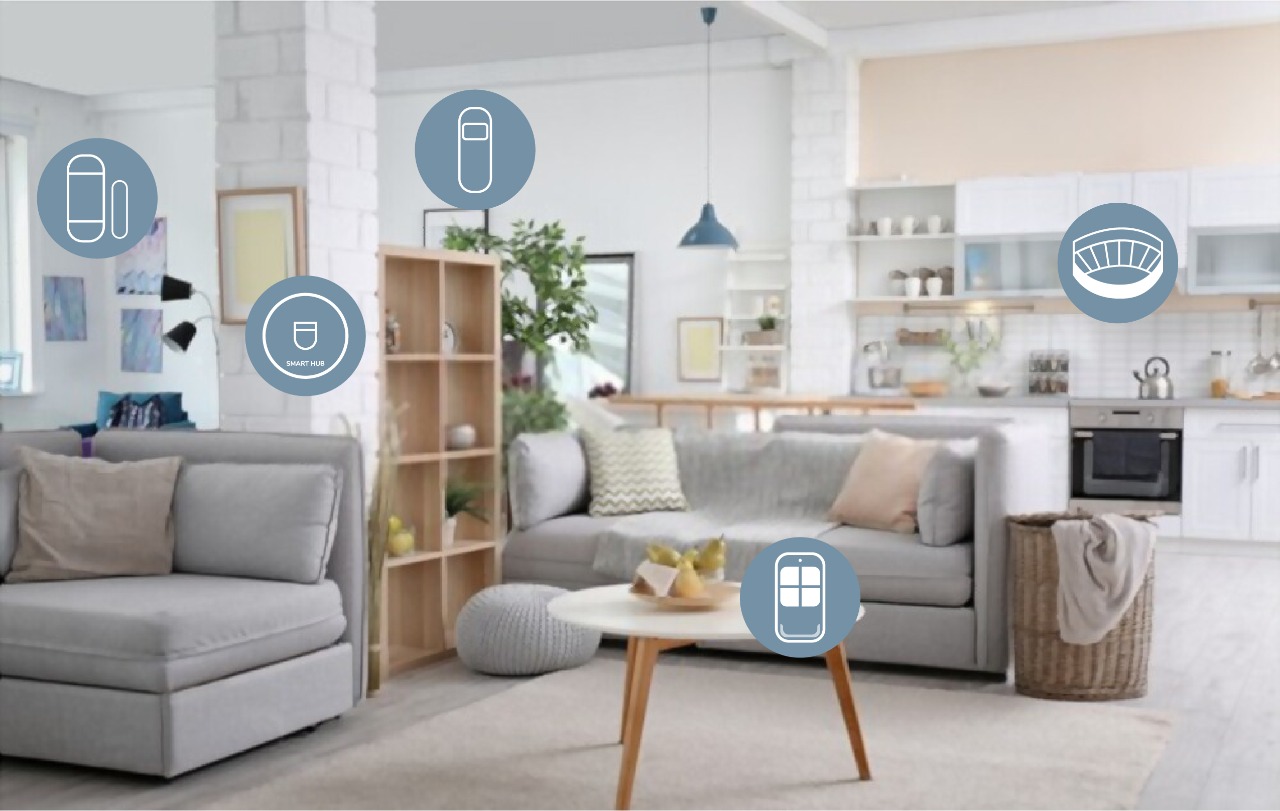
2. Intelligent Automation and Scheduled Actions
Intelligent automation is another crucial feature that enhances the functionality and convenience of a smart security system. Look for a system that allows you to automate security routines and schedule actions based on your preferences and daily routines. This feature ensures that your security system adapts to your lifestyle and provides seamless protection without requiring constant manual intervention.
Key benefits of intelligent automation and scheduled actions:
- Arming and Disarming: Set up automated schedules for arming and disarming your security system, aligning with your daily routines. For example, you can schedule the system to arm itself when you leave for work and disarm when you return home.
- Lighting Automation: Integrate your smart security system with smart lights to automate lighting based on motion detection or scheduled actions. This creates the illusion of an occupied home even when you’re away, deterring potential intruders.
- Notification Automation: Define specific actions when a security event occurs. For instance, when a door or window sensor is triggered, you can automate the system to simultaneously sound an alarm, send notifications, and start recording video footage.
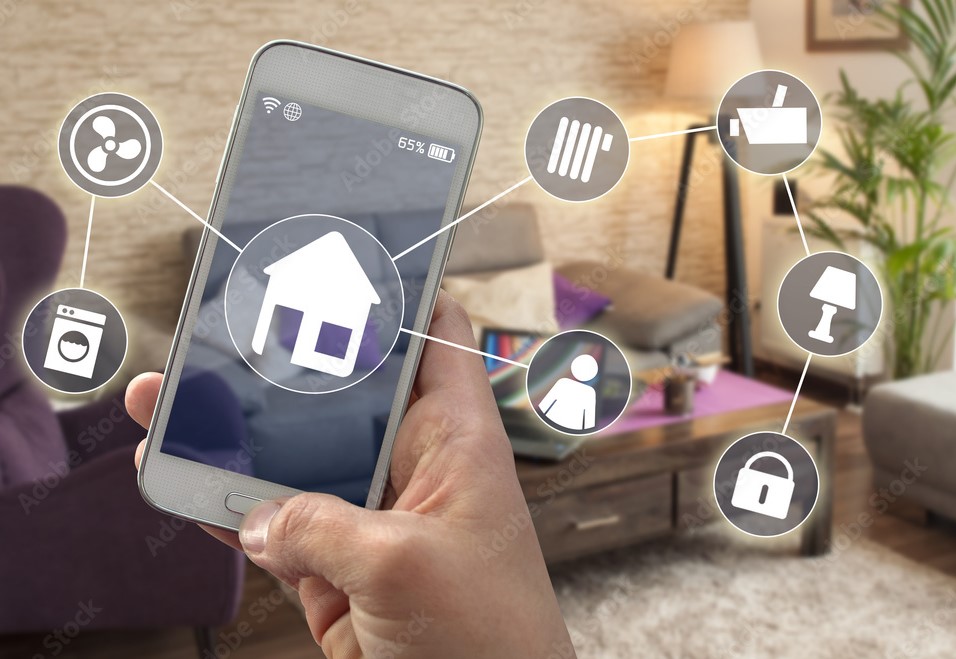
3. Video Surveillance and Recording
Video surveillance is a vital component of any smart security system, providing visual evidence in the event of a security breach. Look for a system that offers high-quality security cameras with features like motion detection, night vision, and two-way audio communication. Ensure that the system supports cloud storage for recorded footage, enabling secure storage and easy access from anywhere.
Key benefits of video surveillance and recording:
- Evidence Collection: Video footage acts as crucial evidence in the event of a security incident, helping law enforcement authorities identify intruders and aiding in investigations.
- Remote Access: Access recorded video footage remotely through the system’s mobile application or web interface, providing convenience and flexibility.
- Motion Detection: Advanced motion detection algorithms can differentiate between normal movements and suspicious activities, reducing false alarms and ensuring prompt notifications only when necessary.
- Night Vision: Cameras equipped with night vision capabilities can capture clear video footage even in low-light or no-light conditions, enhancing the overall surveillance effectiveness.
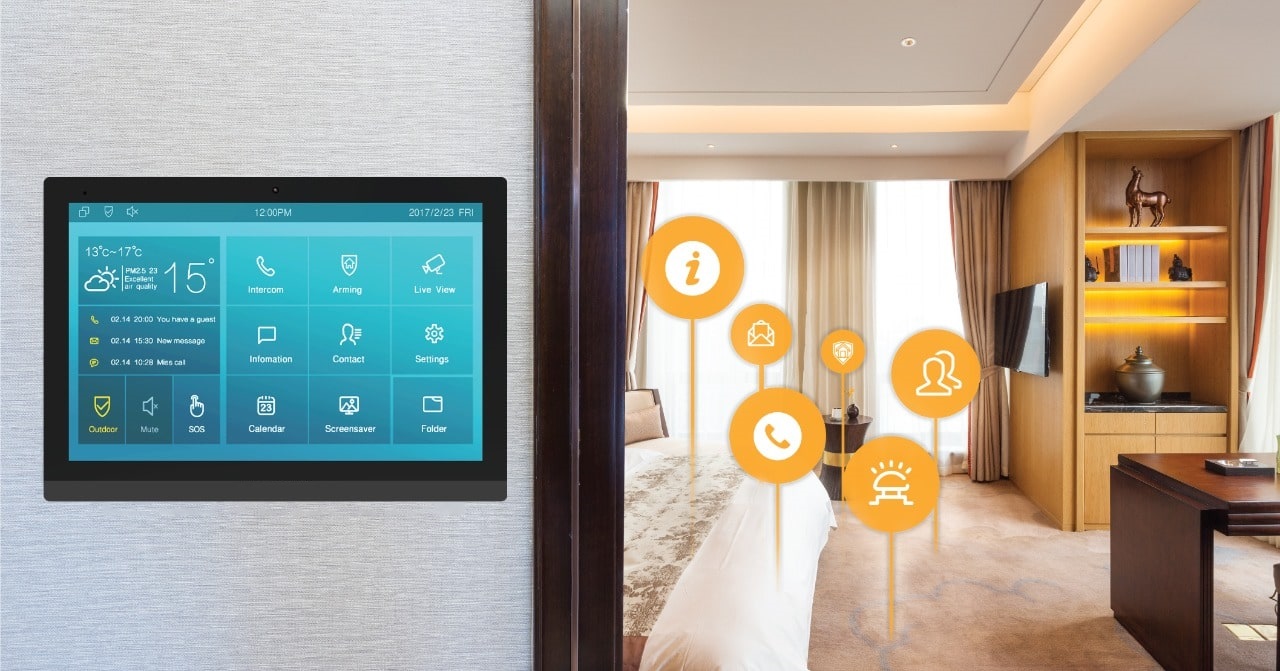
4. Smart Sensors and Detectors
Smart sensors and detectors play a crucial role in enhancing the security coverage of your smart home. Look for a system that offers a variety of sensors, including door/window sensors, motion sensors, glass break sensors, and smoke/CO detectors. These sensors should be wireless and easily installable, allowing for flexible placement throughout your home.
Key benefits of smart sensors and detectors:
- Intrusion Detection: Door/window sensors and motion sensors detect unauthorized entry attempts, triggering alarms and notifying you immediately.
- Glass Break Detection: Glass break sensors can distinguish the sound of breaking glass, alerting you to potential break-ins or vandalism.
- Smoke/CO Detection: Integrated smoke and carbon monoxide detectors provide early warnings in the event of a fire or gas leak, helping to protect your home and occupants.
- Environmental Monitoring: Some smart security systems offer additional sensors for monitoring temperature, humidity, and water leaks, providing early warnings for potential environmental hazards.
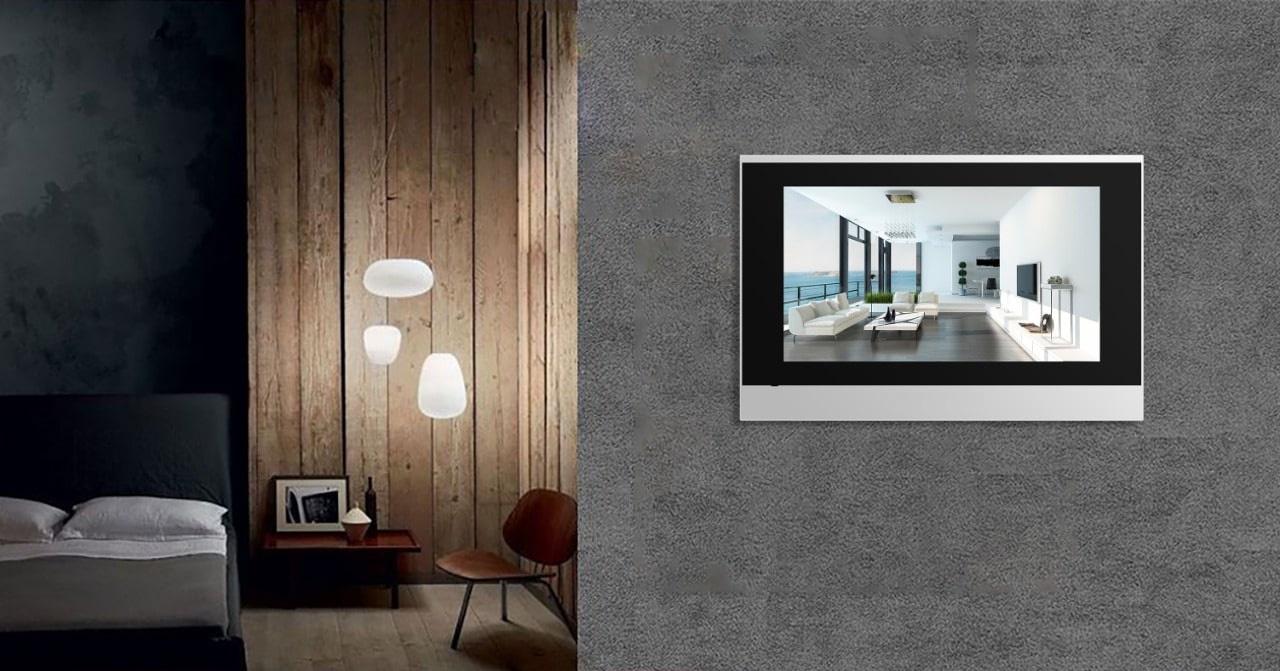
5. Integration with Other Smart Devices
Consider a smart security system that integrates seamlessly with other smart devices and platforms in your home. This allows you to create a connected ecosystem, where your security system can interact with devices such as smart lights, smart locks, voice assistants, and home automation platforms. Integration enhances the overall functionality and convenience of your smart home, providing automation possibilities and centralized control.
Keybenefits of integration with other smart devices:
- Centralized Control: Control multiple smart devices, including your security system, through a single interface or voice commands, simplifying the management of your smart home.
- Automation Possibilities: Integrate your security system with other devices to create automation routines. For example, when you disarm the security system upon entering your home, it can automatically turn on the lights and adjust the thermostat to your preferred settings.
- Enhanced Security: Integration with smart locks allows you to remotely lock or unlock doors, grant access to guests, or receive notifications when a door is left unlocked, adding an extra layer of security to your home.
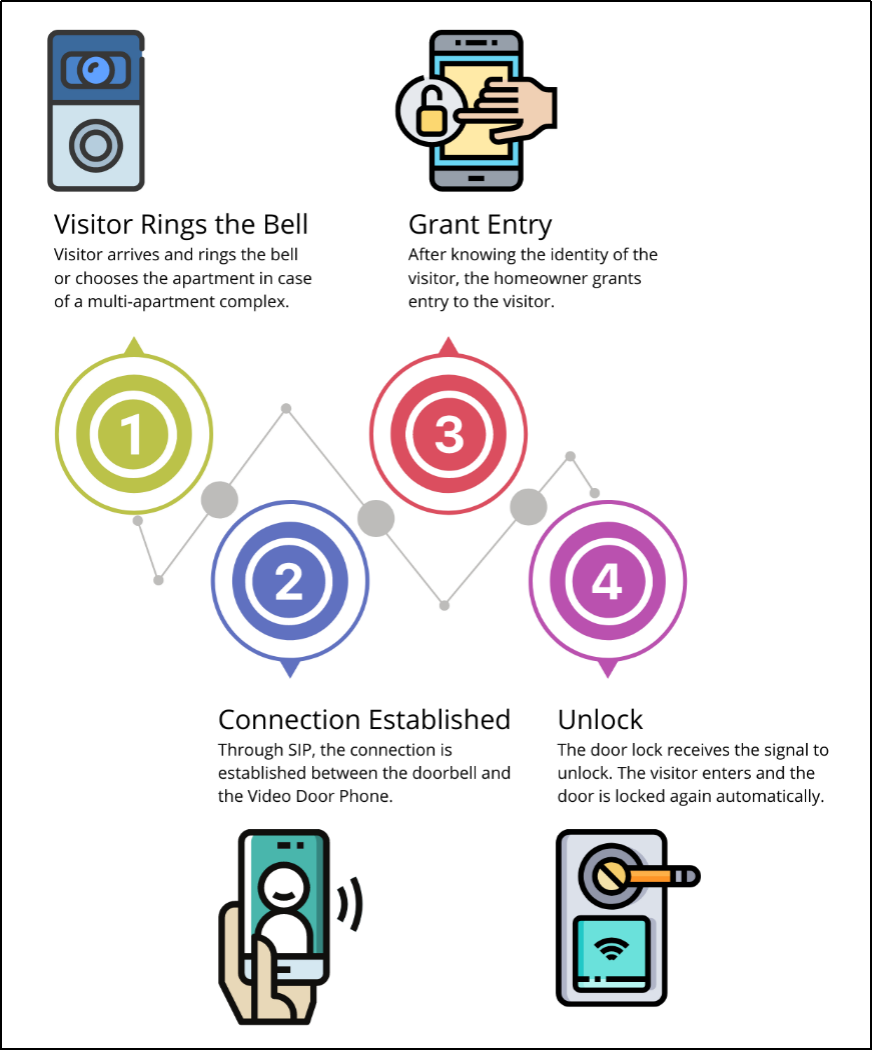
Conclusion
Choosing the right smart security system for your home is a crucial decision that requires careful consideration. By looking for key features such as remote monitoring, real-time alerts, intelligent automation, video surveillance, smart sensors, and integration with other devices, you can make an informed choice that aligns with your security needs and lifestyle. Remember to prioritize features that provide convenience, enhance protection, and offer seamless control over your smart security system. With the right system in place, you can enjoy enhanced security, peace of mind, and a truly connected smart home experience.

